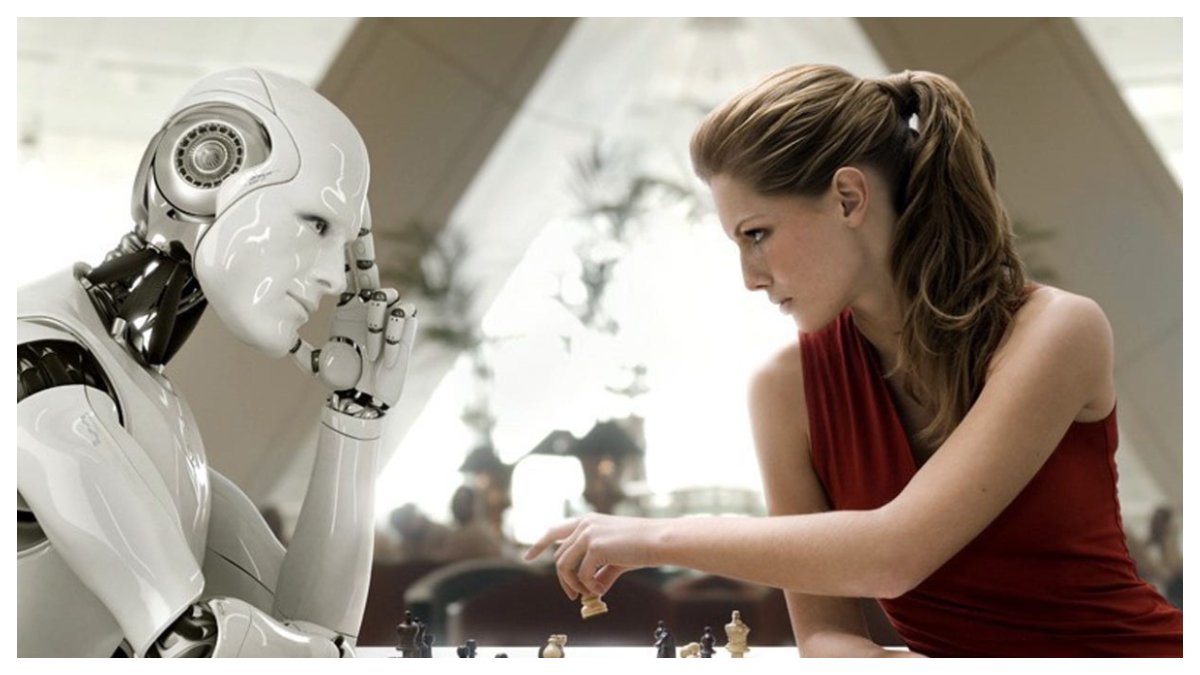University College London founded Stanhope AI with the three most prominent names in neuroscience and AI Research CEO Professor Rosalyn Moran (former Deputy Director of King’s Institute for Artificial Intelligence), Director Karl Friston, Professor at the UCL Queen Square Institute of Neurology and Technical Advisor Dr Biswa Sengupta (MD of AI and Cloud products at JP Morgan Chase).
The company has conducted extensive neuroscience research to enable the development of an AI system capable of emulating the information-gathering processes of the human brain. This AI employs algorithms akin to those found in the human brain, resulting in remarkable predictive capabilities surpassing those of the human mind. Similar to the human brain, which continually generates ideas and predicts incoming sensory data, this AI adapts and updates its predictions in response to changes in data, thereby refining its understanding of the world.
The most prominent and unique thing about Stanhope AI is unlike the other AIs Stanhope agentic AI’s models are in charge of their own learning. Whereas other such models are trained by training vast LLMs to make decisions based on seen data. Stanhope AI autonomously decodes their environments and rebuilds and refines their “world models” using real-time data, continuously fed to them via onboard sensors.
Stanhope AI is at the forefront of groundbreaking research, aiming to develop an artificial intelligence (AI) system capable of minimizing uncertainties and surprises akin to the human brain, as emphasized by Dr. Friston, a renowned neuroscientist at UCL. Currently undergoing testing, the technology is being piloted with delivery drones and autonomous machines in collaboration with esteemed partners such as Germany’s Federal Agency for Disruptive Innovation and the Royal Navy. It is widely anticipated that this advancement will usher in a new era of AI systems characterized by human-like cognitive abilities, adaptability, and decision-making capabilities.
The developers assert that their unique AI device represents a pivotal step in bridging the gap between neuroscience and artificial intelligence, promising transformative effects on the capabilities of AI and robotics in real-world scenarios. Professor Rosalyn Moran, CEO and co-founder of Stanhope AI, expressed sincere appreciation for the endorsement of their New Discovery AI agent by reputable entities such as UCL. She emphasized the significance of this backing in propelling their efforts towards further innovation in AI tools. Moran’s sentiment underscores the collaborative spirit driving advancements in this field, with the support of esteemed institutions catalyzing the development of revolutionary technologies. The integration of insights from neuroscience into AI design marks a significant paradigm shift, offering unprecedented potential for enhancing the adaptability and effectiveness of intelligent systems. As such, the synergistic relationship between neuroscience and AI holds promise for ushering in a new era of intelligent technologies that are not only capable of emulating human cognitive processes but also surpassing them in efficiency and functionality.
David Grimm partner at UCL Technology Fund, said “AI startups may be some of the hottest investments right now but few have the caliber and deep scientific and technical know-how as the Stanhope AI team This is emblematic of their unique approach, combining neuroscience insights with advanced AI, which presents a groundbreaking opportunity to advance the field and address some of the most challenging problems in AI today. We can’t wait to see what this team achieves.”















